Why does an RCD knock out: causes of operation and troubleshooting
Protection against current leakage is one of the most important tasks in arranging wiring. To do this, set the RCD. The compact device performs several functions and, most importantly, prevents electric shock.
If everything is in order with the device, it turns off the power only in emergency cases. But sometimes the device trips too often. We will figure out why the RCD is knocked out and how to solve the problem.
The content of the article:
The principle of operation of the residual current device
The RCD is designed to automatically disconnect the circuit if the differential current indicators on the protected area exceed the permissible values.
Uncomplicated and operating principle of the device. Phase and zero are connected to the terminals, and the device compares the conductors by amperage.
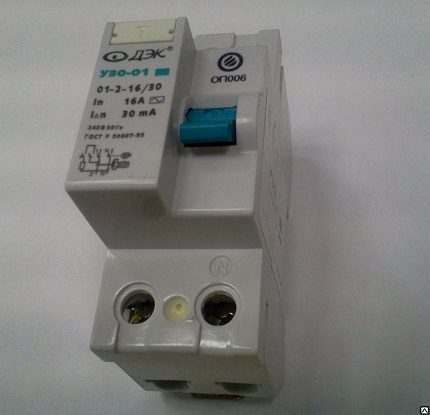
Theoretically, there should be no difference, but in practice there are errors. If this difference exceeds the permissible values, the automatic shutdown mechanism is activated.
To avoid false alarms, it is important to choose the right device from the beginning.
The reasons why an RCD is knocked out can be very different - from a real leak to a false positive. A quality and properly connected device works without failures. Therefore, as soon as it turns off, you should immediately diagnose and eliminate the source of the problem.
What can an RCD respond to?
Before you troubleshoot, you need to understand well why an RCD can work at all. This will help to understand the diagnostic features, correctly identify the malfunctions, if any.
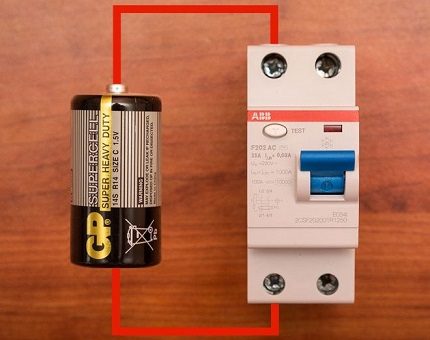
The devices are triggered for the following reasons:
- Current leak. The device is bought for its definition, so it simply has to work. If the device has not knocked out before, check the wiring. The insulation shrinks over time, leading to leaks. If the cables are laid recently, then defects in the places of their connections or mechanical damage to the insulation when driving in nails are not excluded.
- Problems with electrical appliance cables. Several devices can be connected to the RCD. If the cord of at least one of them is damaged, this may cause the safety device to trip. Also, problems arise if the internal parts of the devices are defective: the heater or the motor winding.
- Bare wire. The purpose of the device is to protect users from electric shock. If it worked when a person touched an uninsulated portion of the cable, everything is in order. RCD performs its functions perfectly.
- Unsuitable RCD. When choosing a device there are no trifles. If you make a mistake with the calculation of technical parameters, the device will falsely trigger and create a lot of problems. Therefore, before buying it will not be superfluous to consult with an experienced electrician, clarify the necessary characteristics or read our article on how to properly choose an RCD.
- Incorrect device connection. If errors were made during the installation of the device, cases of false operation are not excluded. It also happens when an RCD location is incorrectly selected in an electrical circuit. Therefore, you should strictly adhere to connection instructions.
- Device failure. The trigger may simply break. Then the device will knock out from vibration. Also, sometimes the Test button sticks or other troubles occur. Even the most reliable equipment needs maintenance and repair.
Malfunctions are possible due to improperly arranged system. One of the most common mistakes made by electricians is connecting the ground to the neutral conductor. It is absolutely impossible to do this.
The rule is known even to novice electricians, but it is violated not only by self-taught, but also by professionals with vast experience. They do not adhere to the PUE not because of laziness or the desire to harm, but because of the best motives.

"Malicious intruders" justify their actions by the fact that it can be more reliable to protect the user from electric shock.
In theory, it is possible, but in practice, shorting the ground and zero only increases the risks, provokes the operation of automatic protection devices, creates unnecessary problems.
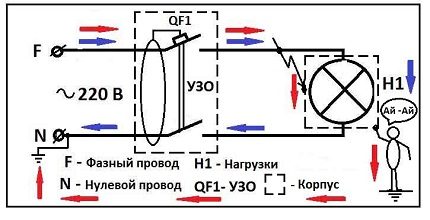
The location of the RCD directly affects its functionality. If the device is installed outdoors, it may operate due to adverse weather conditions.
Problems due to outdoor installation
In the rainy season, dampness persists for a long time. The air contains drops of moisture. If the device is on the street, they get inside the case and provoke current leakage, due to which the RCD mechanism is triggered.
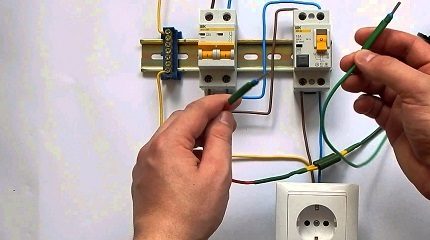
The external arrangement of protective devices is undesirable not only due to precipitation. Sometimes devices are triggered by lightning, which increases the leakage current. But frosts, on the contrary, reduce the sensitivity of RCDs, because at minus temperature, microcircuits suffer.
Temporary difficulties during repair
High humidity can disrupt the operation of RCDs not only in outdoor conditions.
After laying the hidden electrical wiring, builders close the strobes with a wet plaster or putty mortar. Until it dries completely, the cables are continuously in a humid environment. If during this period the functionality of the protective devices is checked, some difficulties may arise.
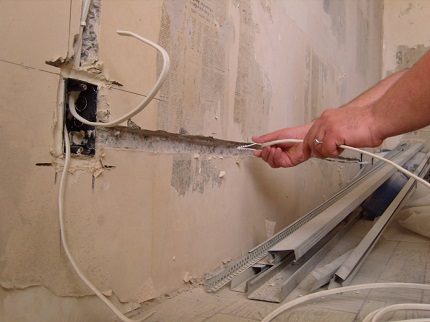
There are microscopic holes in the wiring insulation. Through them, tiny particles of water leak to current-carrying elements. Wet plaster mixes are excellent conductors of electricity. All this can provoke current leakage, to which the RCD reacts.
Functionality diagnostics and troubleshooting
The solution to the problem is possible only after adequate diagnosis. It is necessary to check the correct wiring diagram of the protective device. This work should be done especially carefully, as installation errors most often provoke false positives.
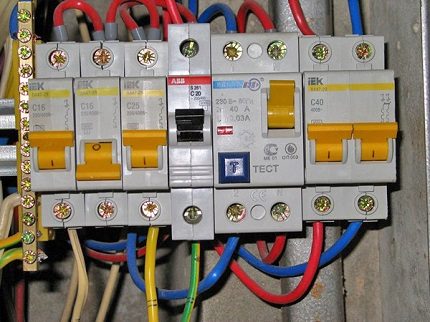
Only an experienced specialist is able to find a breakdown without testing the entire system.
It’s much easier to check it step by step:
- It is necessary to turn off the power in the entire room. The central switch is located in the shield. If a problem arose in the apartment, then the switch is located in the shield on the stairwell. After that, the RCDs are turned on. Normally, the machine should reset it. If not, the device’s mechanism is broken and will have to be replaced.
- It is worth checking the "Test" button. The central switch must remain off. From the output terminals of the machine disconnect the wires, turn on the switch. An indicator of the normal operation of the button is the “On” position of the device. If the flag is reset without loads, then the device is malfunctioning.
- Next, you need to determine how much the device corresponds to consumption currents. First of all, all consumer devices are turned off, and the lever of the machine is turned on. After this, you need to turn on the equipment in turn.
- One of the devices can knock out an RCD. If this happens, you will need to repair it or buy a protective device designed for high permissible currents.
Other methods of checking the RCD for operability can be found in this stuff.
If the RCD knocks out with the appliances turned off, then the problem is in the wiring. You have to test it to determine the damaged area.
How to troubleshoot yourself?
The easiest way to find a malfunction in the internal device of electrical appliances. By disconnecting them, and then connecting them one at a time, you can precisely determine which equipment forces the protective automation to fire. After that, it remains only to check the device itself. It is possible that he is in perfect order, but for him it is necessary to install an RCD designed for high currents.

Most often, problems with RCDs arise due to devices in which powerful heating elements are installed: electric ovens, water heaters, washing machines.
When the “culprit” is found, it makes sense to take him to a service center. Professional craftsmen will be able to accurately identify and fix the breakdown.
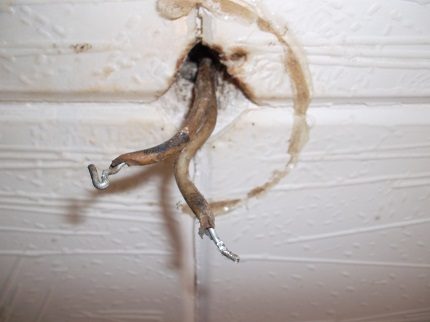
RCD can be knocked out even with new wiring. The reason may be any: moisture penetration into an open area of the cable or disconnection of the neutral conductor. To determine the exact location of the leak, you will have to conduct a complete audit of the electric points.
First of all, they check the operation of light sources. This is the easiest. It is necessary to pay attention to whether the device knocks out when one of the lamps is turned on. If everything is in order with them, they revise the route of laying the electric cable. It is easier to do this in wooden houses where an open system is mounted. But with hidden wiring more problems, because You will need to find a special device and learn how to use it.
So that in the future there will not be a problem in the form of faulty wiring, we recommend that you read the article about which electrical cable to use for wiring in the apartment. More details - go to the link.
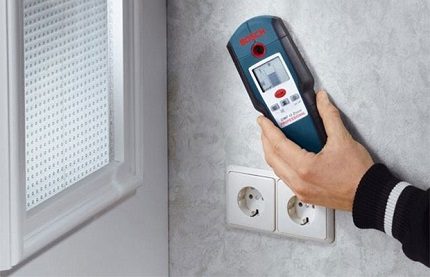
Professional electricians often use the Woodpecker detector (E-121). This is an almost flawless device that can accurately determine not only the cables in the wall, but also the location of the cliffs. The depth of the signaling device is 7 cm. Thanks to it, damaged wiring is found even under drywall.
A worthy analogue of "Woodpecker" is the MS signaling device (China). There are sometimes problems with its use, as you need to get used to the features of functioning. MS detects any metal in the walls, so it works not only from wiring, but also from nails. But he “does not see” the cables shielded by foil coatings, which creates a number of inconveniences.
To search for wiring and places of cliffs, models GVD-504A, VP-440, Bosch DMF, GVT-92, POSP-1 are used. You can use thermal imagers, which also proved to be excellent.

There are other ways to find hidden wiring. Its approximate location is obvious: the cables are laid strictly vertically or horizontally, so it’s enough to imagine straight lines from electric points to understand the circuit. Above these places you can hold the included radio or microphone: a characteristic noise of interference appears.
Read more about the rules for wiring and designing wiring in the house Further.
When the location of the leak is determined, it is necessary to find out the nature of the breakdown and fix it yourself or with the help of a specialist.
Conclusions and useful video on the topic
With protective devices, difficulties often arise, but it is impossible to do without them.To prevent problems, you should carefully consider the issues of selection, installation and operation of RCDs. If the device is knocked out, use the expert advice provided in the video below.
Video tutorial for choosing an RCD:
Common installation errors:
Reasons for knocking out the protective device:
To ensure the normal operation of the residual current device, it is not necessary to be a professional electrician, but basic skills will be required. If you are confident in your abilities, conduct an independent diagnosis of the device, correct the problems.
If not, then do not risk your life because of the desire to save. Calling a specialist and paying for his work is more profitable than getting an electric shock and not achieving a result.
Perhaps you know other reasons why RCD knocks out and you know how to deal with them? Please share your experience with other site visitors - leave comments, ask questions in the block below.

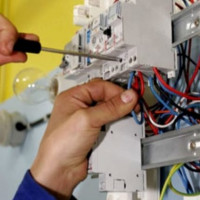 RCD for a water heater: selection criteria + schemes and connection rules
RCD for a water heater: selection criteria + schemes and connection rules 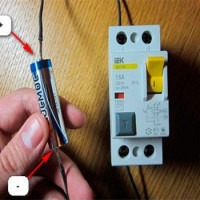 How to check the RCD for operability: methods for checking the technical condition
How to check the RCD for operability: methods for checking the technical condition 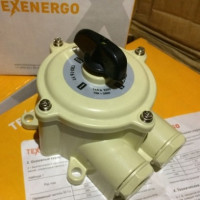 Batch switch: what is it and why is it needed + wiring diagram
Batch switch: what is it and why is it needed + wiring diagram  Fire RCD: selection recommendations, rules and installation diagrams
Fire RCD: selection recommendations, rules and installation diagrams 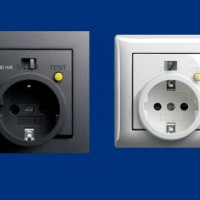 Socket with built-in RCD: device, connection diagram, recommendations for selection and installation
Socket with built-in RCD: device, connection diagram, recommendations for selection and installation 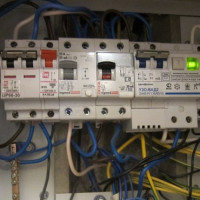 What is the difference between an RCD from a differential automaton and what is better to use?
What is the difference between an RCD from a differential automaton and what is better to use?  How much does it cost to connect gas to a private house: the price of organizing gas supply
How much does it cost to connect gas to a private house: the price of organizing gas supply  The best washing machines with dryer: model rating and customer tips
The best washing machines with dryer: model rating and customer tips  What is the color temperature of light and the nuances of choosing the temperature of the lamps to suit your needs
What is the color temperature of light and the nuances of choosing the temperature of the lamps to suit your needs  Replacement of a geyser in an apartment: replacement paperwork + basic norms and requirements
Replacement of a geyser in an apartment: replacement paperwork + basic norms and requirements
Heat, hot areas, summer shields, trailers and caravans, etc.
By standards RCD It is designed for temperatures up to +40 or an average daily rate for 24 hours not higher than +35.
For reputable manufacturers, it is possible to operate at an ambient temperature higher, but only for a few. In addition, RCDs fail (do not work correctly), all the functions are planted at the temperature of +30, therefore, if RCDs serve, then there is no guarantee that they respond to jumps correctly.